
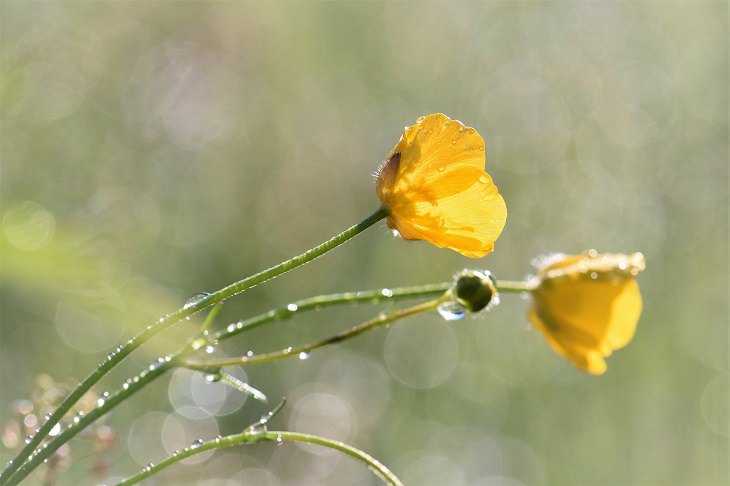
Where is it found? In the temperate zone of the Northern Hemisphere. It prefers damp places or bogs.
Why is it dangerous? It contains caustic sap that can leave blisters on the skin. On contact with mucous membranes, it can provoke coughing and larynx spasms. If the sap gets into the eyes, it can cause temporary blindness.

Where is it found? In Asia, North America, and Europe. It grows in wet places such as bogs and riverbanks.
Why is it dangerous? Poisoning symptoms include seizures, nausea, and cardiac depression. In rare cases, it might even cause death. As little as 100-200 grams (3.5-7 oz.) of this plant is enough to kill a cow.

Where is it found? Temperate zone of the Northern Hemisphere and Australia.
Why is it dangerous? It causes headaches, abdominal pains, weakness, and occasional seizures. Cardiac or respiratory failure are also possible. If you touch this plant, you’d better wash your hands straight away.
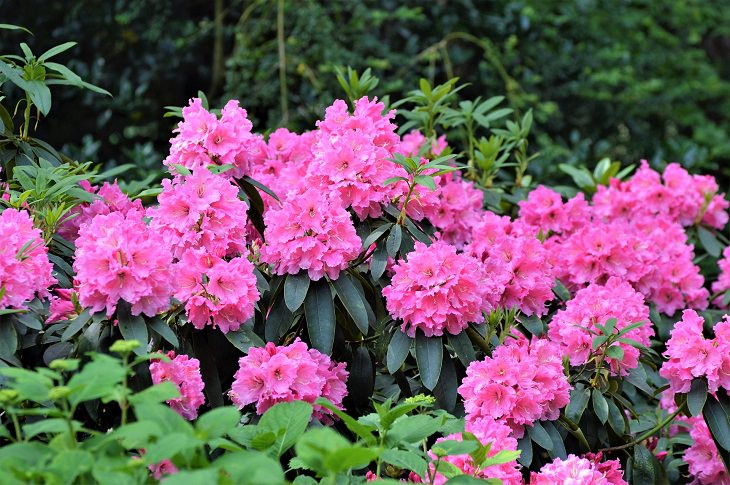
Where is it found? In tropical and subtropical regions. It’s used in landscape designing and is grown all over the world as a houseplant.
Why is it dangerous? It contains cardiac glycosides that can change your heart rate and cause headaches, nausea, weakness, and even death. According to legend, Napoleon’s men once started a fire using oleander branches, and in the morning, some of them didn’t wake up.
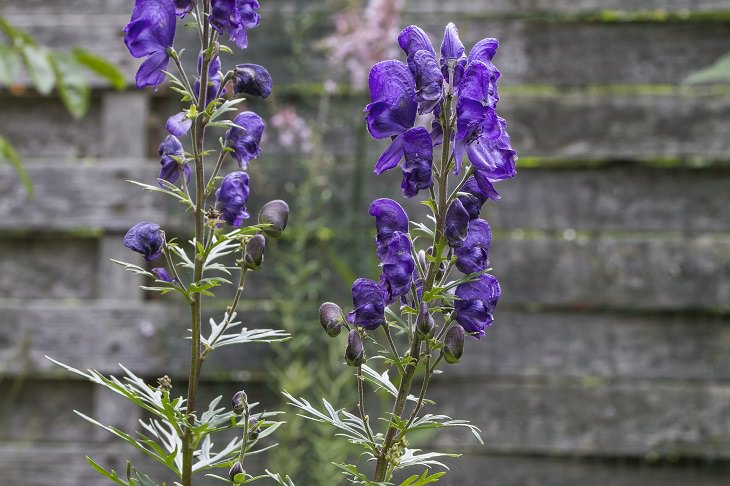
Where is it found? In Asia, Europe, and North America. Due to its beautiful purple, yellow, and blue flowers, it’s grown for decorative purposes.
Why is it dangerous? This extremely toxic plant can cause numbness, cardiac arrhythmia, darkened vision, and even death.

Where is it found? In Central and Northern America, Europe, and Southern Russia.
Why is it dangerous? It contains alkaloids that cause disorientation, palpitations, and delirium. In extremely severe cases, coma or death is possible.
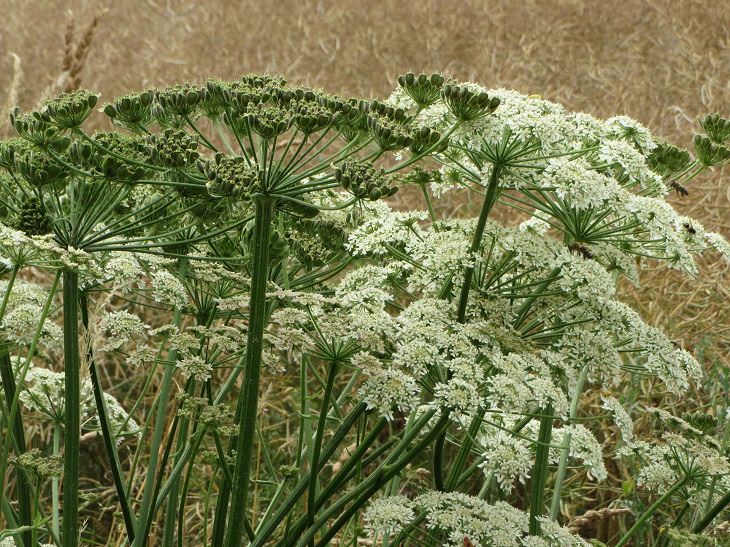
Where is it found? In temperate regions of Eurasia. One species of this plant grows in the USA.
Why is it dangerous? Some species of this plant contain furanocoumarins that cause painful blisters under sunlight. If you get hogweed on your hands, wash it off and protect yourself from sunlight for 48 hours.
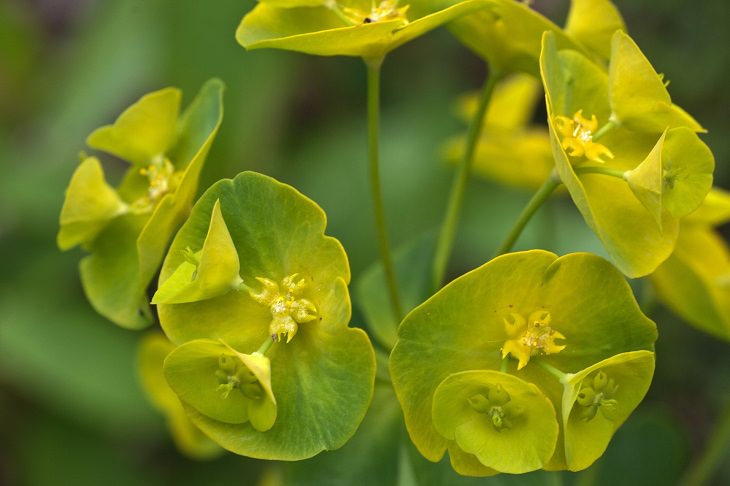
Where is it found? Everywhere, and it can often be found in houses.
Why is it dangerous? The sap causes blisters, later joined by indisposition, swellings, and fever. A large portion of this species belongs to the Euphorbia genus. They often look very different: some look like cacti while others look like flowers. Therefore, teach young children not to touch unfamiliar plants.
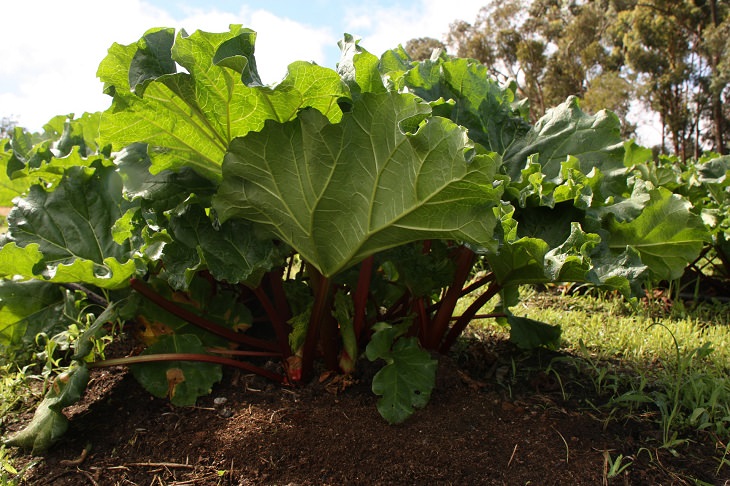
Where is it found? Cultivated in the USA, Russia, and Europe
Why is it dangerous? Many people are unaware that the leaves and roots of this plant are not to be consumed as they contain a large concentration of oxalic acid. This can cause burning in the throat and eyes, kidney stones, nausea, and diarrhea.
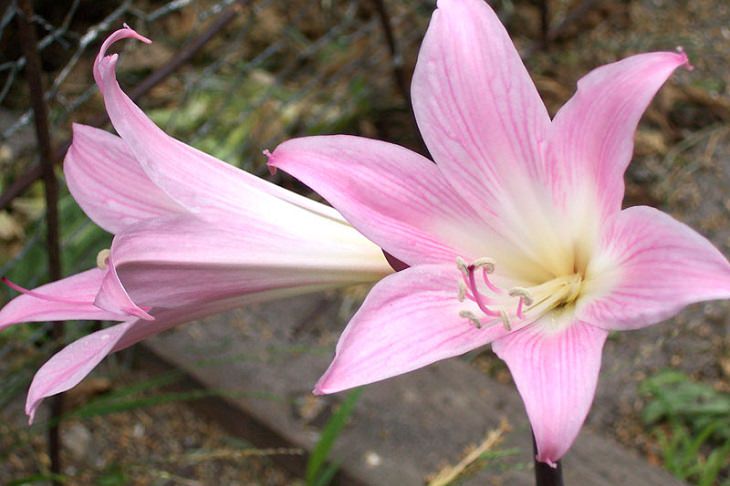
Where is it found? In North Africa, Southern Russia, Europe, Asia Minor, and parts of North America.
Why is it dangerous? Mild poisoning leads to palpitations and dryness and burning in the mouth. Severe poisoning can cause disorientation, cramps, and even death.

Where is it found? In tropical, subtropical, and temperate zones. Due to its unusual appearance, it’s grown as an ornamental plant.
Why is it dangerous? This is quite possibly the most dangerous plant there is. It contains the extremely toxic compounds: ricin and ricinine. The seeds are particularly deadly as eating only 4-7 of them will result in death. Smaller doses will cause irreparable harm to the body as ricin destroys body tissues.
Source: brightside

These Books Should Be on Every Nature Lover’s Bookshelf
If you are craving adventure and a deep dive into the mysteries of the wilderness, check out this list.
 4:28
4:28
Meet the Giant Cassowary – The Modern-Day Dinosaur
Meet the most dangerous bird on Earth, the giant cassowary, that is also regarded as a modern-day dinosaur.

8 Glorious Places on Earth That Are Largely Untouched
Here is a look at some of the most amazing untouched destinations on Earth that are inhabited by very few people.
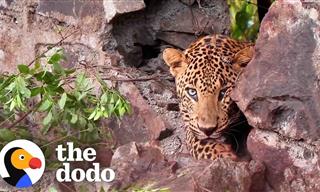 3:08
3:08
This Rescue Video Will Have You at the Edge of Your Seat
Watch as this impressive wild leopard gets stuck in wire and eventually rescued by a professional team.
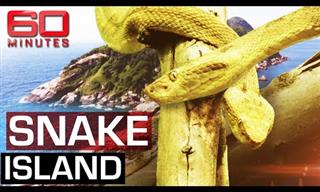 14:02
14:02
Snake Island: The Most Dangerous Spot on Earth
Learn the story of Snake Island, home to some of the rarest and most venomous snakes on earth, which was declared too dangerous for humans to visit

These Animal Portraits Will Make You Feel Serene
Each animal portraits by artist Raku Inoue is made out of seasonal materials, all natural. The result is peaceful and lovely to look at.
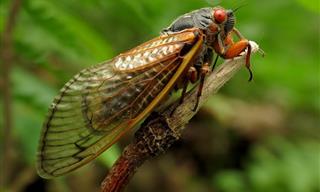
The Natural Phenomenon That Will Take Place This Spring
This year, for the first time since 2004, millions of cicadas will re-emerge from underground and swarm the country. This is what you can expect.
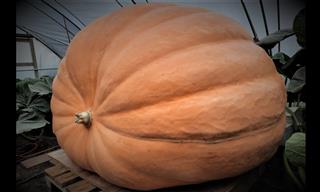 1:32
1:32
From Seed to 1300 POUNDS: a Pumpkin Time-Lapse
Watch how a gigantic pumpkin grows from a seed in less than 2 minutes. It blows up like a balloon!
 3:58
3:58
Take This Golden-Eagle Eyed Tour of the Scottish Highlands
If you have ever wanted to know just why the Scottish people are so proud of their land, then this video is for you: an incredible drone tour of the Highlands.
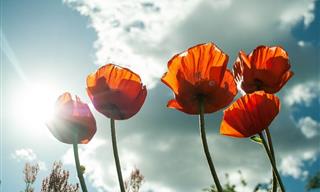
12 Beautiful Plants that Flourish in the Summer Heat
many plants are simply unable to grow in the summer heat. but the 12 before you do well in it and can decorate your house all summer long.
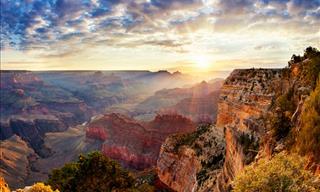
Think You know the Grand Canyon? Check Out These 12 Facts
It’s one of the natural wonders of the world, and for good reason. Take a look at these 12 facts about the Grand Canyon you might have missed.

These Captivating Wildlife Photos Have a Story to Tell
Take a look at some of the most moving photos of this year's wildlife photography, and the winning photos are worth all the attention they can get.

Italy Really is the Land of Magnificent Gardens!
Italy is a stunning country with an array of beautiful gardens that will simply astound you. Here are seven of them!

20 Jaw-Dropping Wildlife Photos That Should Be Framed
Check out some of the stunning images from the WildArt photo competition.
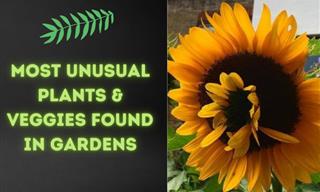
13 of the Most Unusual Plants & Veggies Found in Gardens
Here's a collection of some of the most unusual plants and vegetables that people found in their gardens.
 18:03
18:03
Why and How do Dogs Love Us? An Expert Explains
An amazing study that started modestly but succeeded beyond expectations, revealing fascinating details to scientists about the brain and emotions of dogs.

Celebrating the Majesty of Indian Tigers - 14 Photos
Photographer Jitender Govindani's camera captures the majesty of Bengal tigers as they roam freely through India's jungles.
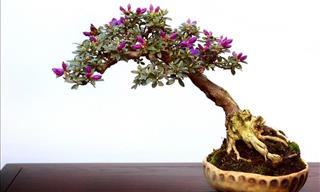
The Japanese Art of Bonsai Makes Miniature Gods of Us!
It has taken a lot of gardening patience for someone to grow these pot sized bonsai beauties, and - boy! - aren't they worth the wait!
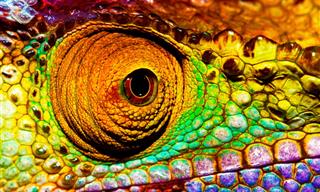 5:17
5:17
Which Animal Has the Sharpest Eyesight?
The famous saying goes, "the eyes are the window to the soul." And it turns out that it rings true all across the animal kingdom.
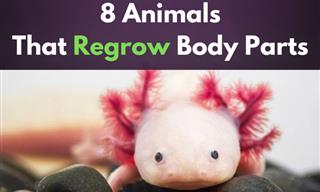
8 Animals With the Ability to Regenerate Whole Body Parts
Meet some of the most remarkable members of the animal kingdom that possess the ability to regrow body parts.
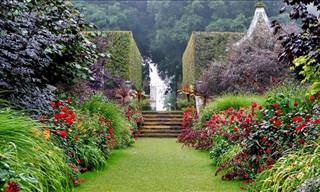
The Stunning Gardens of England Will Take Your Breath Away
England is well known for it's beautiful gardens and we have supplied you with 10 of the best. These will amaze you with their beauty.
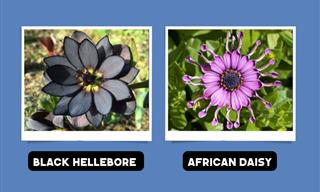
Nature's Wonders: 14 Fascinating and Gorgeous Plants
These are some of the most interesting plants we have seen in a while.

These Unexpected Animal Visitors Charmed People
These animal-human interactions will charm your heart.
 4:35
4:35
How Cats See The World: A Brief History of Civilization
Have you ever wondered how cats became our pets? In no time, they've grown into our best friends and did some pretty amazing things for humans…
 3:08
3:08
Crows - The Geniuses of the Bird World!
Watch this next video to see how smart a crow can really be, and we still have more to learn about how these amazing birds think.
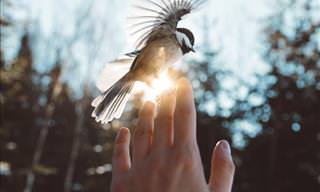
This Photographer Gets Closer to Animals Than Anyone
Valérie Derome-Massé is one of the most talented wildlife photographers to emerge in a long time. You'll be amazed by how close she gets to her subjects.
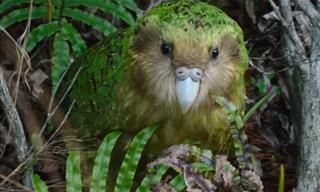 7:52
7:52
Get up Close and Personal with Earth's Strangest Parrot
This video will familiarize you with the world of the kakapos, some of our planet's most peculiar and endangered parrots.

12 of the Most Alluring Bugs You've Ever Seen
A collection of 12 beautiful insects I guarantee you've never seen before.
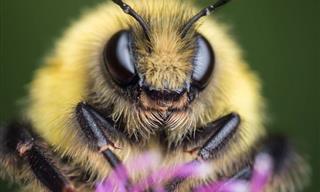
Who Knew Insects Were This Beautiful? You'll Be Surprised!
Who knew insects could be this beautiful? Take a look at these stunning photos.
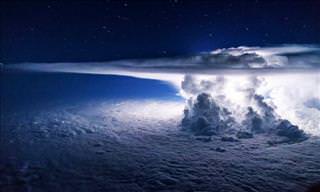
These Photos Will Remind You of the True Power of Nature
Modern man thinks he is the master of his world, but nothing could be further from the truth. These photos serve as poignant reminders of the power of nature.
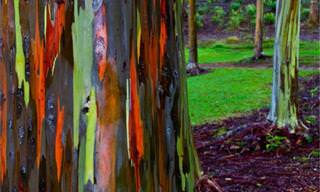
17 Trees Almost Too Beautiful and Strange To Be Real!
Trees are great, aren’t they? Nature is full of great wonders, but few are as startling as these bizarre but beautiful trees.

Prepare to Witness the Majesty of Mother Nature!
If you love nature even half as much as I do, then this stunning collection of photographs is bound to take your breath away, and leave you gasping for more!
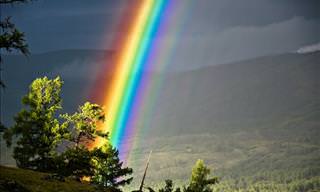
15 Riveting Images Perfectly Depicting Nature's Beauty
These photos are so perfectly timed, it beggars belief. In addition, they're also supplemented by truly stunning nature and wildlife. View these 15 images now.
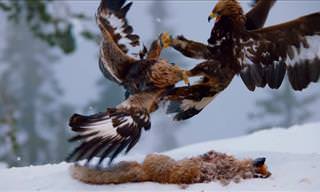 1:25
1:25
Golden Eagles Really Are the Epitome of the Word Majestic!
In this fascinating clip taken from the BBC’s Planet Earth, two of these hunters attempt to survive the harsh Alpine winter by fighting over a dead fox.

Forever Gone: 10 of the Most Beautiful Extinct Birds
Learn about some of the lesser-known yet unique and beautiful bird species that are now extinct.
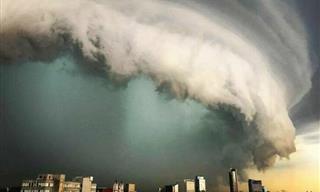
When Nature Strikes, You Can't Hide: 16 Captivating Photos
These 16 photos reveal nature’s fierce side.
 4:08
4:08
This Elephant Rescue Story is Sure to Melt Your Heart
The Sheldrick Wildlife Trust does amazing work at rescuing orphaned elephants and preparing them to live back in the wild. This video is sure to warm your heart
 5:47
5:47
These Are the Most Adorable Animals You've Never Heard of!
Have you ever heard of a pangolin? If not, then you're in for a pleasant surprise as they're some of the cutest animals we've ever seen!
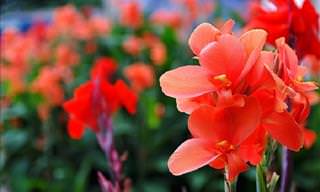
14 Gorgeous Flowers and the Beautiful Meanings Behind Them
We all enjoy the look and smell of flowers, but did you know that each flower has its own meaning? Learn the interesting symbolism behind 14 popular flowers.
 3:08
3:08
Watch the Monarch Butterfly Swarm in Gorgeous Detail!
This is something no human has ever been able to see from so close up, and it's one of the most incredible sights I've ever seen.
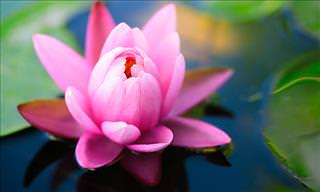
The Lotus Flower: Why This Beautiful Flower is Significant
The lotus flower is one of the world's most famous flowers, and it has many uses as well as deep cultural significance. Find out more about the lotus flower.
 9:40
9:40
Here's Where Our Most Popular Fruits Originated From
Have you ever wondered where do our favourite fruits actually originate from? Here's a look at the geography of some popular fruits.

Stunning Wildlife Shots from Kenya's Wilderness
Explore the magic of Kenya's wildlife through the lens of photographer Peter Delaney.
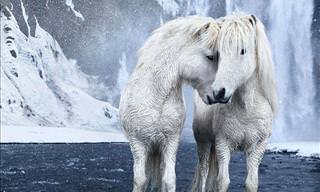
These Are the Best Photos of Horses That You'll Ever See!
Iceland is a place that is full of beauty...even the horses are absolutely majestic. Take a look!

The Unchallenged Beauty of 14 Waterfalls Worldwide
Admire the beauty and power of 14 picturesque waterfalls from every corner of the planet
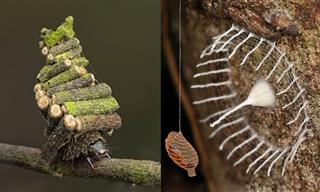 14:47
14:47
You Won’t Believe Who Built These Nests!
Did you know that insects are great architects? Take a look at some of the most amazing insect homes.
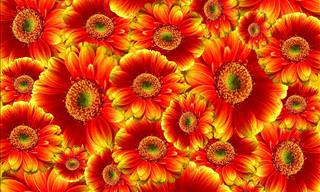
I Have Never Been This Moved by a Flower's Beauty
Nature is full of plenty of surprises, but none surpass the varied beauty of these wild flowers. Enjoy this series of gorgeous, delicate rare flowers to add some beauty to your day!
To enable your Ad-Free Subscription, please fill the fields below
Your subscription was successful, now you can enjoy an ad-free experience!! Note: To make sure you get no ads, please make sure to log in to your account. If you are logged in already, then refresh the page. The subscription can be cancelled at any time.


